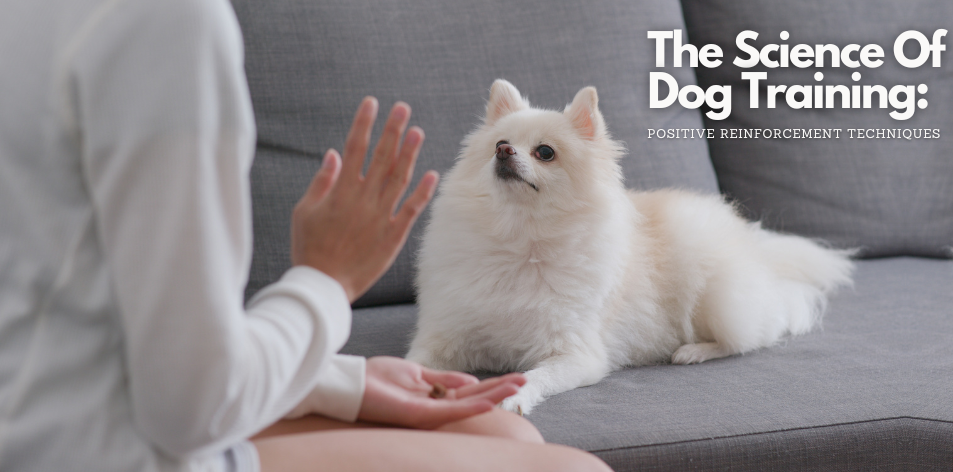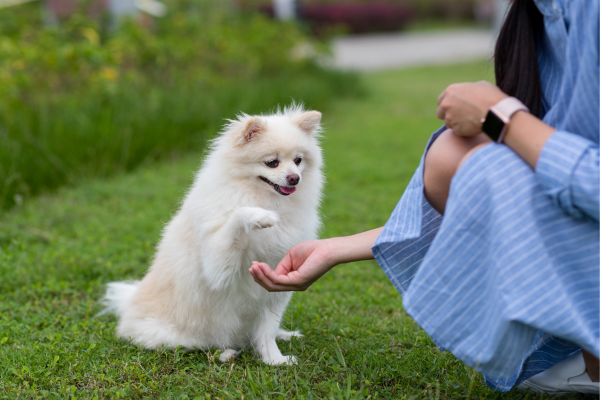
Mastering Positive Reinforcement In Dog Training – H&S Pets Galore
The Science of Dog Training: Positive Reinforcement Techniques

Positive reinforcement is a powerful and effective method for training dogs. In this article, we’ll explore the science behind positive reinforcement techniques and how they can help you shape your dog’s behaviour.
1. Understanding Positive Reinforcement
Positive reinforcement involves rewarding your dog for desired behaviours. This can be in the form of treats, praise, or toys. It strengthens the likelihood of the behaviour being repeated.
2. Timing is Key
To be effective, rewards must be given immediately after the desired behaviour. This helps your dog make the connection between the action and the reward.
3. Consistency
Consistency is crucial in positive reinforcement. Reward the behaviour you want every time, and avoid rewarding unwanted behaviours.
4. Clicker Training
Clicker training is a popular positive reinforcement technique. The sound of the clicker marks the desired behaviour, and the dog associates it with a reward.
5. Obedience Training
Positive reinforcement is commonly used in obedience training. Commands like: sit, stay, and come can be taught effectively with rewards.
6. Problem-Solving
You can use positive reinforcement to address behavioural issues. Reward good behaviour and ignore or redirect unwanted actions.
7. Bond Building
Positive reinforcement strengthens the bond between you and your dog. It creates a positive and trusting relationship.
8. Avoid Punishment
Positive reinforcement focuses on rewarding good behaviour rather than punishing bad behaviour. It’s a more humane and effective approach.
9. Patience and Persistence
Training takes time and patience. Be persistent and consistent with your rewards to see the desired results.
10. Seek Professional Help
If you’re facing challenges with training, consider seeking guidance from a professional dog trainer who specializes in positive reinforcement techniques.
Positive reinforcement is not just about shaping behaviour; it’s about creating a happy and well-adjusted dog.
Conclusion
Understanding the science of positive reinforcement techniques is the key to successful dog training. By using rewards, consistency, and patience, you can help your dog become a well-behaved and joyful companion.

